Uncovering Graded’s Past
While walking around campus and looking at the constant renovations, it is sometimes hard to remember that Graded has been around for over 98 years. To put this in perspective, 1920 was the first year Brazil had ever competed in the summer Olympics, and one of the cities biggest avenues, Avenida Paulista, looked like this:
Obviously, that was a very long time ago, but nowadays we never seem to look back at the school’s history. It’s a past that’s rarely celebrated or highlighted the way it should outside of anniversary events, such as the 95th celebration in 2015. Even during that celebration, there wasn’t much other than a timeline with images and posters near the bell. That being said, in two years time, Graded will celebrate its centenary, and what better time it is to begin looking back at some events which shaped the school to make it what it is today.
As a student at this school, there isn’t much that someone can do to look at the past, as there is no access to the archives. Although information is hard to find, that isn’t to say the school has completely blocked access to its past. You may be lucky enough to find a dated paper in a classroom closet, or possibly a photo from the 1995 theater production in an old yearbook at the library. Though out of all the rooms a student can access in the school, there isn’t a place more in touch with the past than the Music Library. This small room located on the first floor of the Arts Center may be unfamiliar to some people, but it certainly isn’t a stranger to the story of Graded.
The room is indicated by the number 17 next to the door. In itself, it is more of a storage space for all the sheet music the school uses, and it recently became a classroom for a new teacher. Before, going inside may have seemed like there was nothing much but loose sheets, but if someone truly looks around, they can spend hours finding hidden treasures. Last year the room seemed to be a jackpot for Graded relics. The library was full of old photos and documents, including old gazettes, handbooks, and even an old Graded vinyl disc, but those are artifacts for another time.
As mentioned earlier, the library was recently reorganized to look more presentable. What may have looked like a cluttered mess last year has become a small office. Something that was previously used as an escape into Graded’s past nowadays doesn’t feature as many relics as it once did.
That’s not to say everything has disappeared. With some free time and searching, many interesting things can be found:
For over 54 years Graded has been growing a tree on campus. What started off as a small sapling planted by students when the school first opened the Giovanni Gronchi campus in 1961 has since become an enormous tree that can still be seen near that entrance:
If the new student center doesn’t seem impressive to you, check out what it looked like from the senior lawn in 1975 and the previous renovation it had in 2001! Look close enough, and you might recognize some familiar faces from Graded faculty.
In the past, athletics wasn’t the only physical competition Graded students took part in. The 1960’s brought a trend which started a beauty pageant amongst the high school students. Although nowadays the ceremony would seem wildly inappropriate, it was a part of Graded’s culture for a while.
While some of these amusing parts of Graded’s history can still be found through documents and images, other pieces of evidence are harder to find and seem to have disappeared from one year to the next. The gazette pages and handbooks I found when exploring the music library last year were nowhere to be found this year. Through all the renovation and changes that the school is making, it’s important to remember what makes Graded Graded. Old traditions may have been forgotten, changed, or maintained through many years, but there is always a chance to look back and reignite the flame that started it all, and who better to explore that than a curious writer for The Talon.

After his first year as a writer in The Talon, Lucas has decided to switch positions as a senior and become one of the magazine’s artists. While he enjoyed...

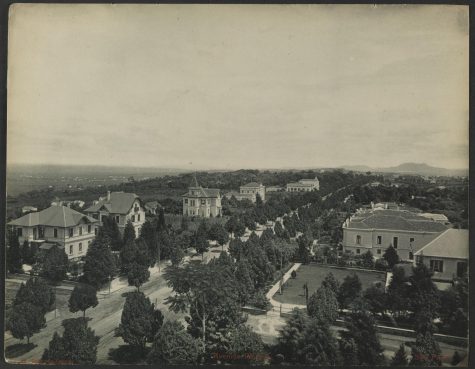
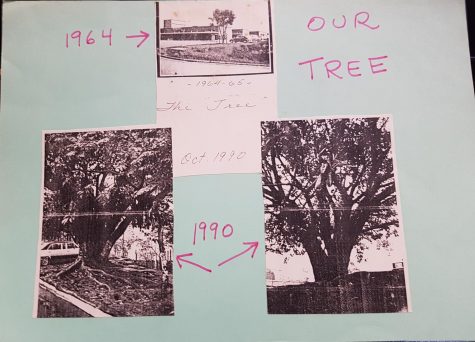
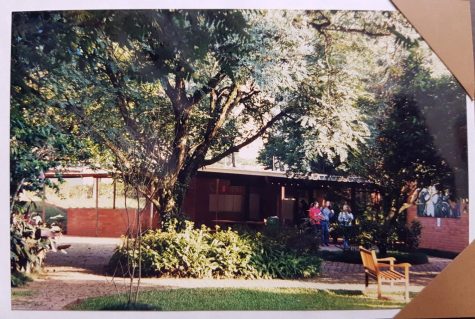
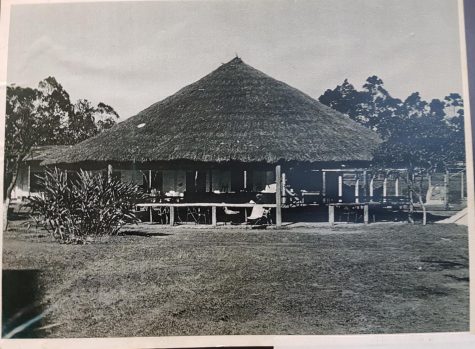
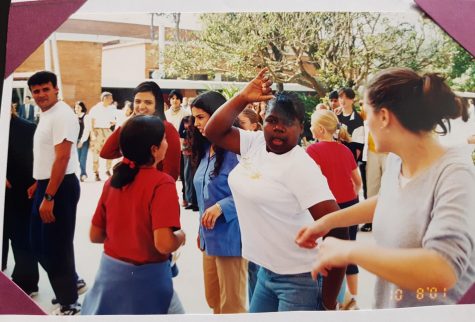
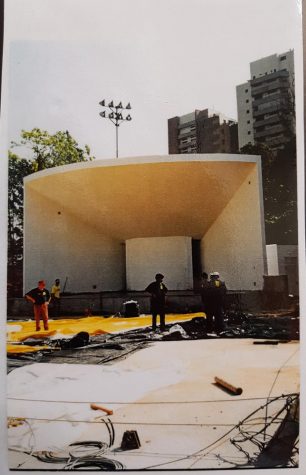
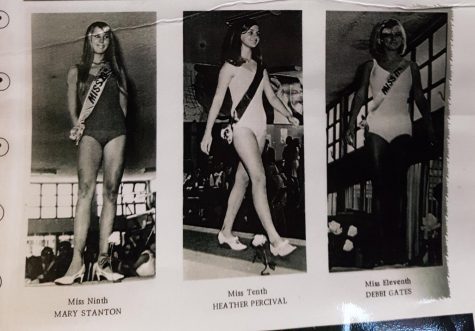








Eduardo Kfuri • Sep 15, 2020 at 9:25 pm
I don’t think anyone will read this because it’s an old article and I’m looking at something from over two years ago, but man how I miss school… The worst part about the pandemic to me is not being able to be in an actual classroom and talk to my teachers, get a cha mate from the snack bar, or socialize with my friends and mess around during free block (god I love annoying the people in the library rooms by messing with the TVs). Seeing these pictures made me emotional in a way… I guess this comment is a digital archive of a tiny tiny piece of Graded’s history, and to whoever reads this in I don’t know how many years: be thankful for what you got and be thankful for not having school taken away from you by some random virus. Enjoy yours years of high school because they have changed me and will surely change you…
To whoever reads this,
Best, Eduardo Kfuri
Gisela Maldonado • Nov 14, 2018 at 3:58 pm
Great text, Graded is innovation, learning , new ways , but has a great history that must be preserved.
Faria Nasruddin • Sep 6, 2018 at 12:10 pm
Superb article! I always thought Graded records were lost but it’s great to see this level of archival, investigative journalism at the Talon! I hope there are more articles on Graded history in the near future